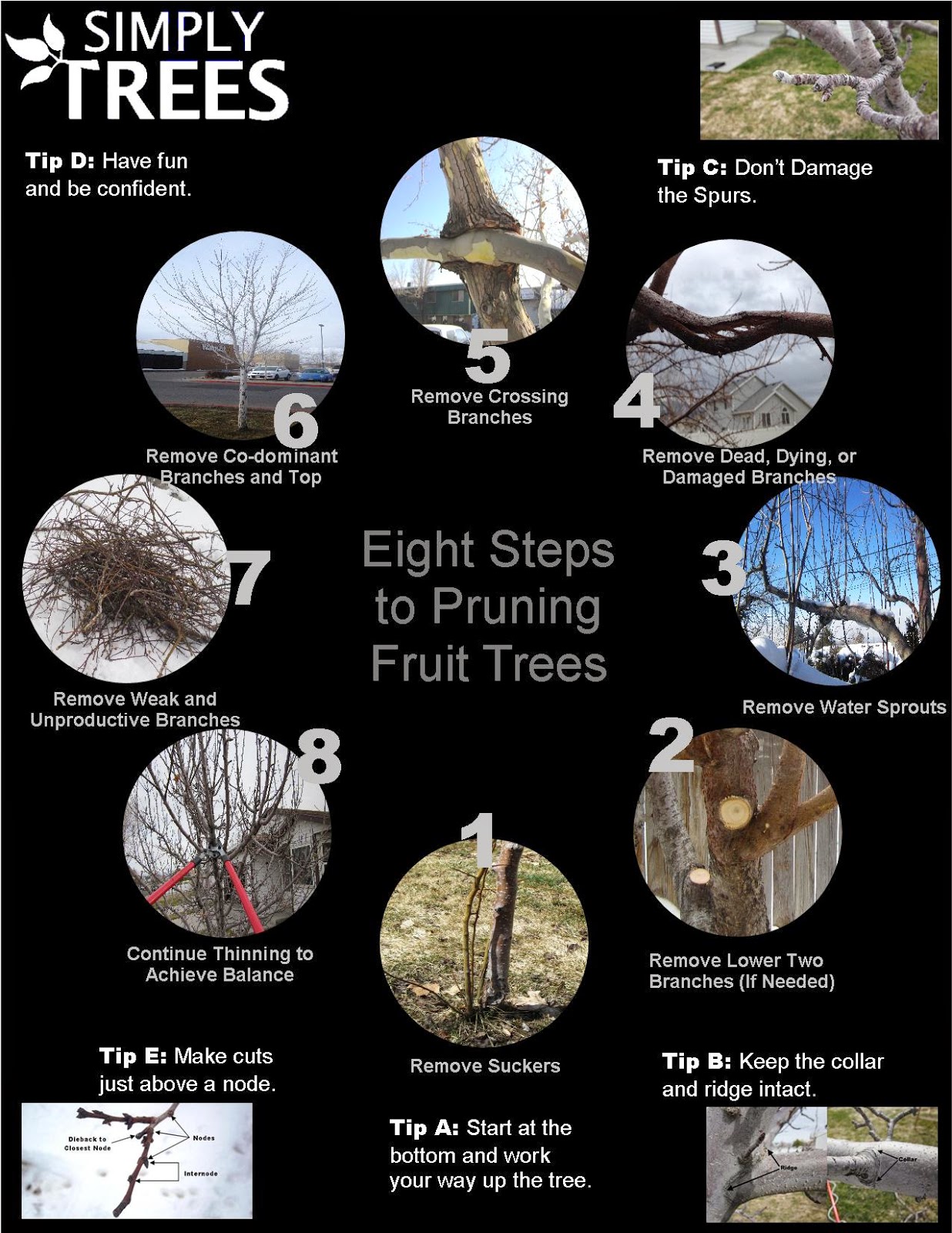The Consequences Of Getting Rid Of Trees On The Environment: What You Required To Recognize
The Consequences Of Getting Rid Of Trees On The Environment: What You Required To Recognize
Blog Article
Staff Author-Costello Lyon
When it involves the ecological influence of tree elimination, there are critical elements that demand your focus. From the detailed internet of relationships within environments to the succeeding results on climate patterns, the effects are extensive. You may be surprised to uncover the detailed methods which the removal of trees can reverberate throughout the setting. Keep tuned to unwind the complex connections and implications of this apparently straightforward act.
Deforestation and Environment Loss
Logging and habitat loss are important problems coming from tree removal. When trees are cut down, it interrupts whole ecological communities. Not only are the trees themselves shed, yet the homes and food resources of plenty of plant and animal species are damaged also. Birds shed their nesting websites, animals shed their shelter, and insects shed their environments. The impacts surge via the food chain, impacting predators and prey alike.
Furthermore, logging contributes to environment change. Trees play a critical function in taking in carbon dioxide, a greenhouse gas that catches warmth in the atmosphere. With fewer trees, there's much less co2 absorption, causing raised levels of this gas in the ambience and intensifying global warming.
Habitat loss is a straight result of deforestation, as the damage of woodlands means the loss of unique and varied ecosystems. Numerous varieties are unable to adjust to fast adjustments in their atmosphere, bring about populace declines and, in many cases, extinction.
Shielding woodlands is important to maintaining the fragile balance of nature and guaranteeing the survival of plenty of plant and pet species.
Impact on Biodiversity
The removal of trees has a substantial impact on biodiversity, affecting the range and abundance of plant and pet types in an area. Trees offer environment and food sources for countless organisms, from bugs to birds to creatures. When trees are removed, these species lose their homes and sources of sustenance, leading to a decrease in their populations. This interruption can have cascading impacts on the whole ecological community.
In addition, trees play an essential role in keeping biodiversity by developing microhabitats within their covers, trunks, and roots that sustain a vast array of varieties. When trees are cut down, these specialized environments are ruined, minimizing the total diversity of the location.
Furthermore, the elimination of trees can result in a reduction in hereditary variety within plant populations, as certain tree varieties may no more be able to replicate or spread properly. Securing trees and woodlands is important for preserving biodiversity and making certain the wellness of communities for future generations.
Soil Erosion and Climate Modification
With trees being removed from a location, the disruption of dirt framework and security occurs, bring about boosted dirt disintegration. Trees play a crucial duty in avoiding disintegration by holding soil in position with their origin systems. When trees are eliminated, specifically in lots, the soil ends up being more susceptible to erosion from wind and water. This erosion not just impacts the prompt surroundings but can additionally result in sedimentation in neighboring water bodies, influencing water quality and water communities.
Additionally, trees help control the climate by absorbing carbon dioxide during photosynthesis. When trees are cut down, this natural carbon sink is decreased, contributing to raised degrees of greenhouse gases in the atmosphere. visit the next web site can aggravate climate adjustment, bring about more severe weather condition events and interruptions in communities worldwide.
As a result, the elimination of trees not only increases dirt disintegration yet also contributes in the bigger environmental concern of climate adjustment. It's vital to consider these aspects when analyzing the impacts of tree removal on the atmosphere.
Verdict
Now that you understand the ecological impact of tree removal, take into consideration the repercussions prior to reducing trees. Logging interrupts environments, lowers biodiversity, and contributes to soil disintegration and climate change. By being mindful of the influence of tree removal, you can aid secure our setting and maintain the delicate equilibrium of nature. Make informed choices and consider alternative options to lessen the adverse results on our world.
